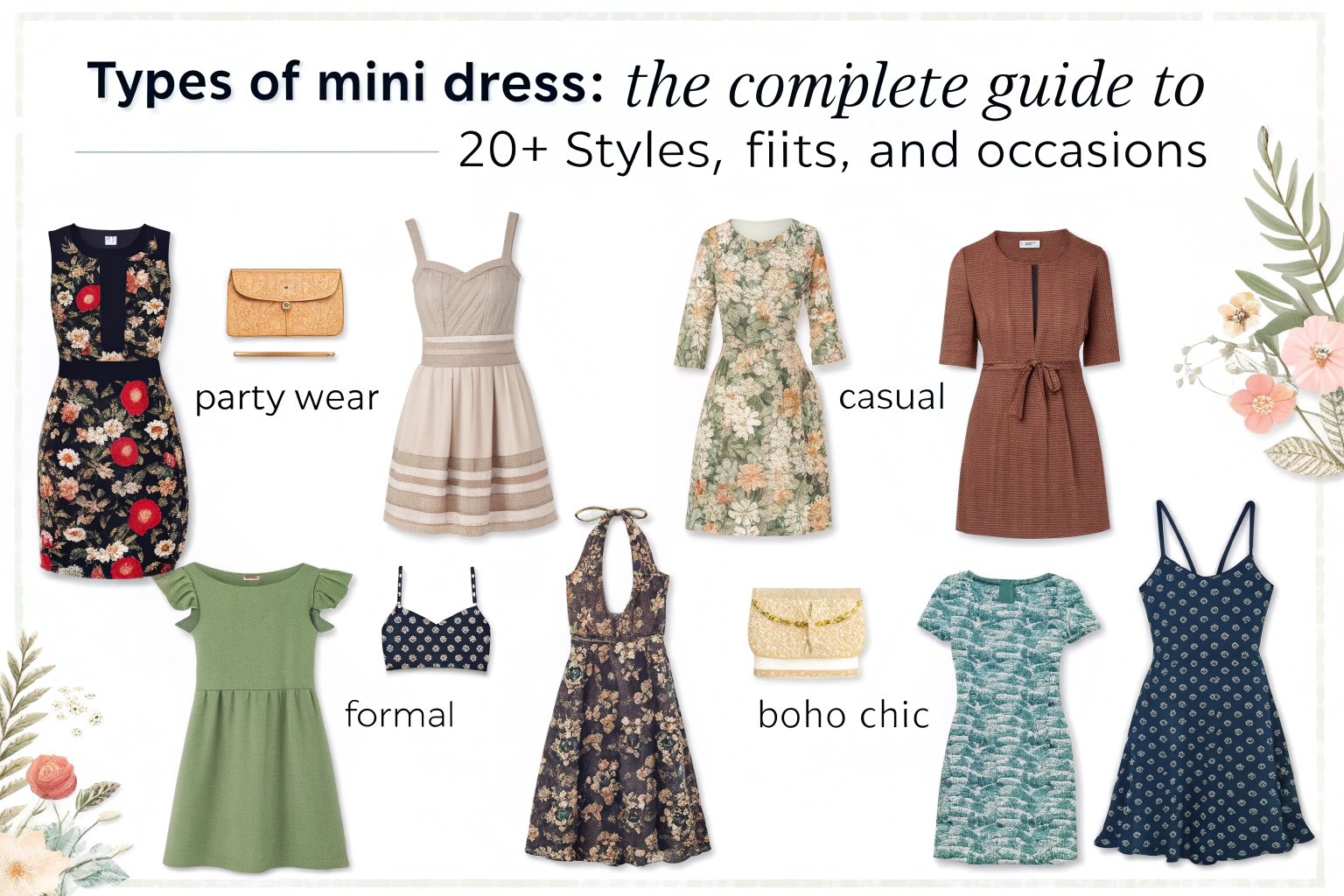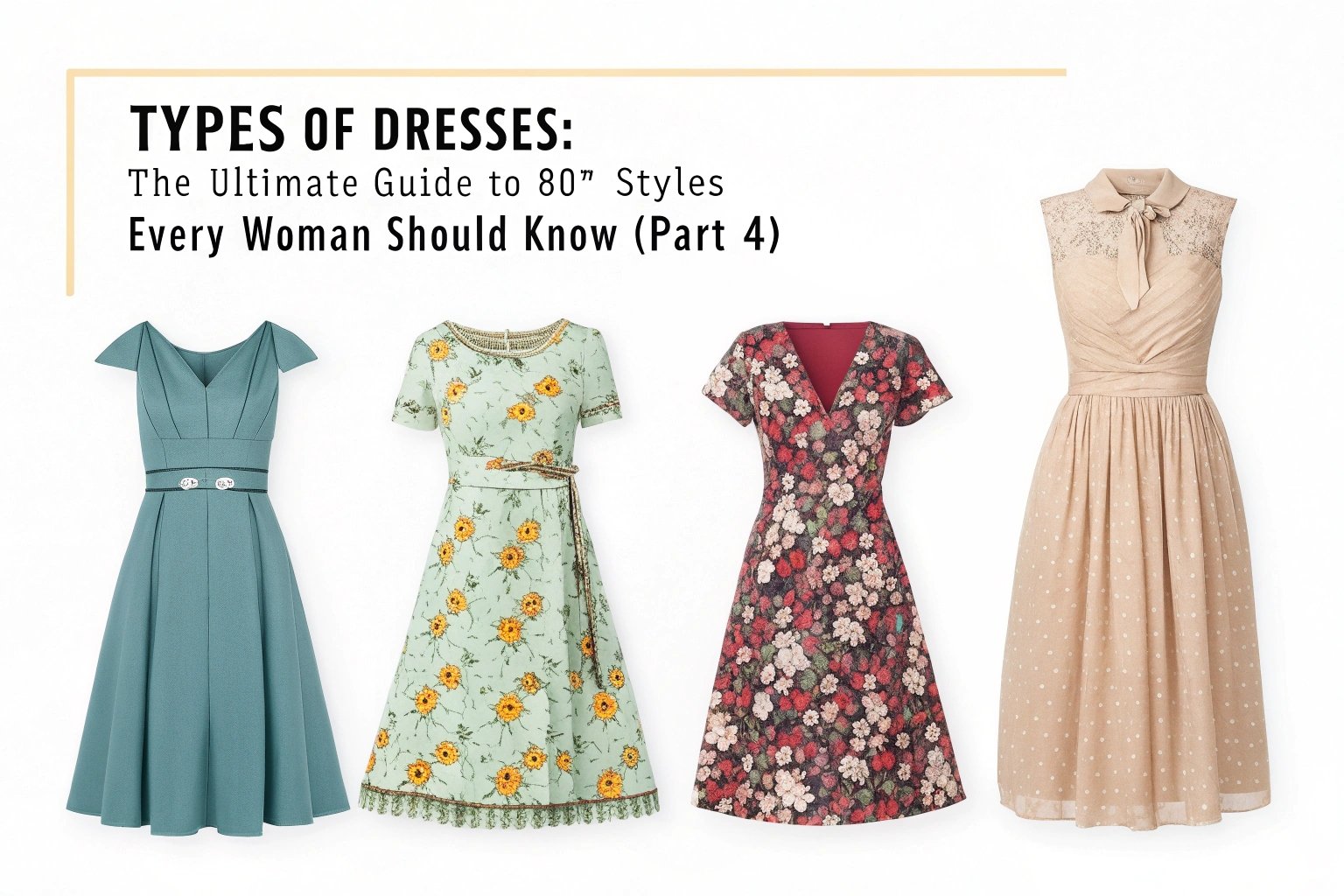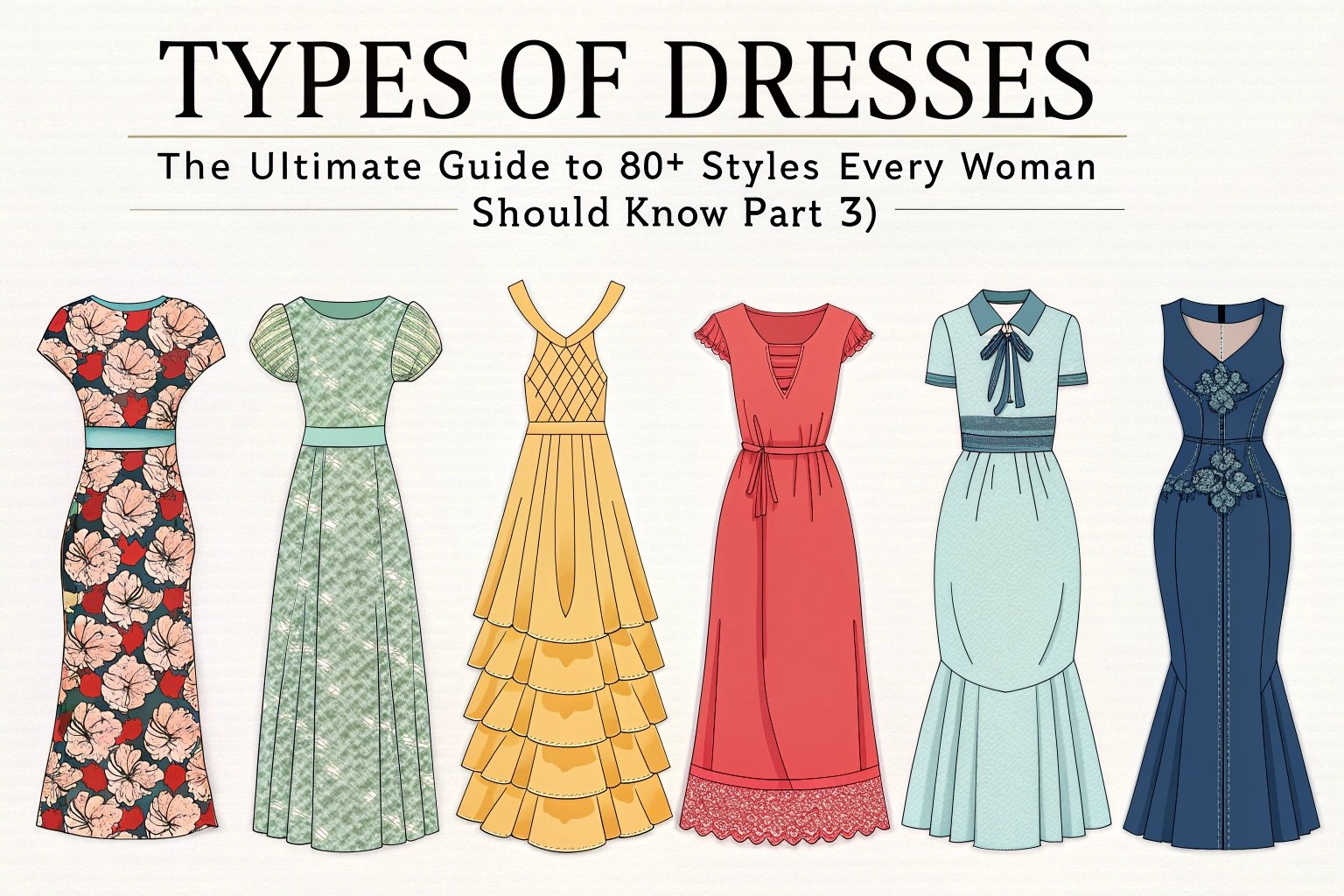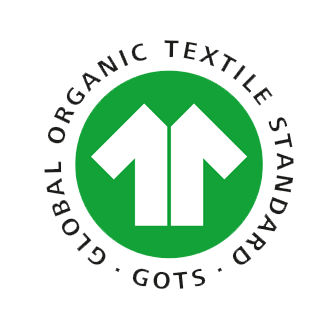Shape retention is one of the most underrated fabric qualities in women’s fashion. It determines whether a dress holds its curve-hugging silhouette or if a tank top sags after one wash. So, which fabric leads the way in holding its shape?
Fabrics blended with spandex or elastane, such as nylon-spandex or poly-spandex jerseys, offer the highest shape retention in fashion garments.
We regularly guide clients in selecting fabrics that stay in form, wash after wash. Here’s how we determine what materials truly perform.
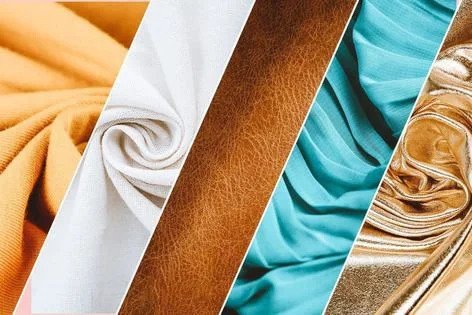
What is shape retention in fabrics, and why does it matter?
In manufacturing, we define shape retention as a fabric’s ability to return to its original form after stretching, wearing, or washing.
Strong shape retention helps garments maintain their fit, enhances perceived quality, and reduces returns due to misshaping.
How Shape Retention Affects Garment Success
- Customer Satisfaction: Less distortion means better fit over time
- Brand Reputation: Key for premium lines or body-focused silhouettes
- Inventory Longevity: Less likely to become unsellable after washing
Which fabrics are known for exceptional shape retention?
Not all fabrics perform equally. Some resist stretching and recover fully, while others sag or lose shape.
The best shape-retaining fabrics are those with spandex/elastane content, tight knit structures, and technical finishes.
Top Performing Fabrics
| Fabric Type | Shape Retention | Recovery Rating | Common Use Cases |
|---|---|---|---|
| Nylon-Spandex Jersey | Excellent | ★★★★★ | Activewear, bodysuits |
| Cotton-Spandex Rib | Very Good | ★★★★☆ | Tanks, fitted tops |
| Modal-Spandex Blend | Very Good | ★★★★☆ | Dresses, t-shirts |
| 100% Cotton (Woven) | Poor | ★★☆☆☆ | Shirts, casual pants |
| Viscose Woven | Poor | ★☆☆☆☆ | Blouses, skirts |

How do jersey fabrics compare to woven in shape retention?
Jersey fabrics almost always outperform woven fabrics in elasticity and recovery.
Jersey knits, particularly those blended with spandex, offer superior resilience and retain their silhouette better than most woven textiles.
Knit vs. Woven Comparison
| Property | Jersey Knit | Woven Fabric |
| Stretchability | High | Low |
| Recovery Speed | Fast | Slow or None |
| Ideal Uses | Activewear, bodycon | Structured tops, suiting |
What affects a fabric’s ability to retain shape?
Understanding the mechanics helps us engineer better fashion.
Shape retention is influenced by fiber content, knit structure, and post-processing techniques.
Key Factors to Consider
- Fiber Type: Elastane or spandex is essential for high recovery
- Blend Ratio: 3–10% spandex in cotton or modal boosts resilience
- Knit Density: Tight construction improves spring-back
- Finishing: Heat-setting and pre-shrinking stabilize fabric form
Which fashion categories benefit most from shape-retentive fabrics?
Silhouettes that hug the body or endure motion require fabrics that bounce back.
We prioritize shape-retentive materials for activewear, bodycon dresses, and fitted basics to ensure lasting wearability.
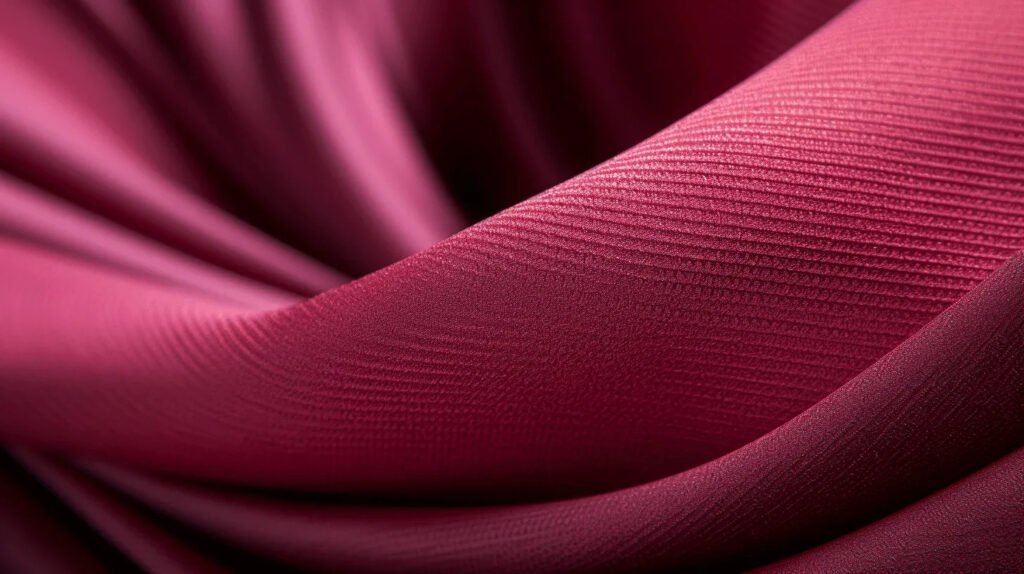
Best Fit by Category
| Apparel Type | Ideal Fabric Blend | Shape Retention Need |
| Yoga Leggings | Nylon-Spandex Jersey | Very High |
| Bodycon Dresses | Modal-Cotton-Spandex Jersey | High |
| Tank Tops | Ribbed Cotton-Spandex | High |
| Swimwear | Polyamide-Spandex Blend | Very High |
| Lounge Sets | Modal-Spandex Interlock | Medium |
Can shape-retentive fabrics still be breathable and soft?
Buyers often assume durability compromises comfort. That’s not true.
Modern jersey blends can maintain softness, stretch, and breathability while offering excellent shape retention.
Our Top Choices
- Modal-Spandex: Buttery soft with a spring-back finish
- Cotton-Spandex Rib: Breathable, flexible, and firm
- Recycled Nylon-Spandex: Technical, cool feel, and eco-conscious
We work closely with mills to balance comfort with performance for all-day wear.

How do we test for shape retention in our sampling process?
In development, we verify fabric stability under tension and washing.
We use stretch-recovery tests, dimensional checks post-wash, and drape evaluations to ensure our jersey materials meet performance expectations.
Our Testing Protocols
- Stretch-Recovery Lab Test: Fabric stretched to 150%, measured for recovery
- Wash Test: 5x wash and dry cycles, then re-measured
- Wear Simulation: Fitted garments placed on mannequins over 48 hrs
If shrinkage or deformation exceeds 5%, we rework the blend or knit density.
What are the customer expectations around garment shape?
Shoppers equate shape retention with higher value and longer lifespan.
Loss of form is a top reason for product returns in stretch garments. Brands that promise shape retention gain loyalty and reduce refunds.
What Customers Look For
- “Keeps its shape after every wash”
- “Doesn’t stretch out during the day”
- “Still hugs the body after months”
Label Copy Examples
“This dress is crafted in a cotton-modal jersey with 5% spandex for superior shape retention.”
“Engineered to fit, flatter, and bounce back—wear after wear.”
Conclusion
Fabrics with high elastane content and refined jersey structures offer the best shape retention in modern fashion. We select these for pieces that need to hold, hug, and last through wear and washing.


